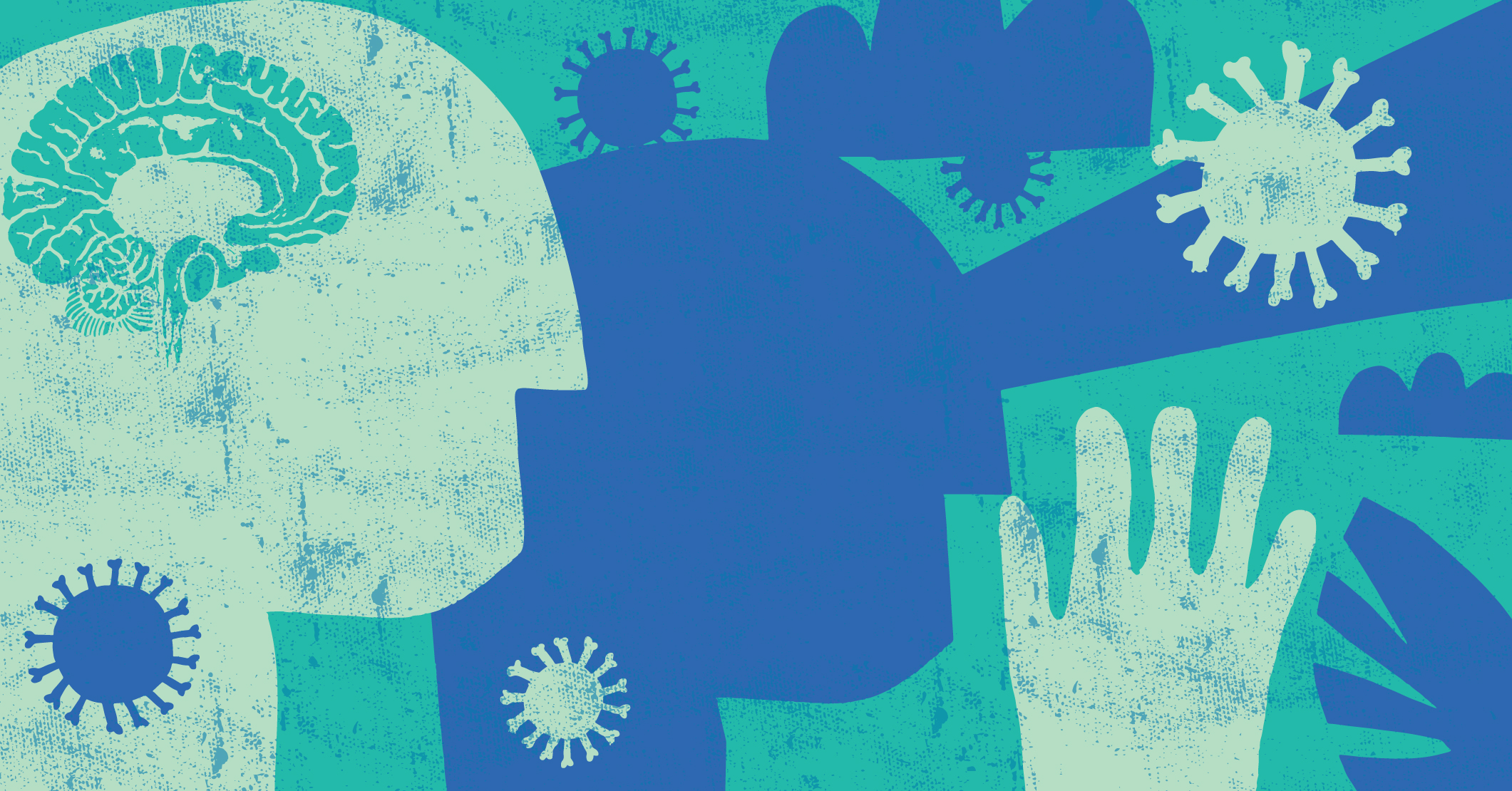Landing the Class
An Analysis of Innovative Enrollment Strategy and Leadership during the COVID-19 Pandemic
DOI:
https://doi.org/10.18060/25627Keywords:
strategic enrollment management, access, affordability, college readiness, urban, higher educationAbstract
The devastation of COVID-19 substantively impacted enrollment opportunities for colleges and universities in the United States. Many higher education institutions responded to the crises by moving students off campus, enacting furloughs, increasing tuition, and appealing to their state and federal legislators for financial resources. At the University of Cincinnati (UC), critical considerations for campus leadership were how to best stabilize enrollment and resources and what needed to take place to ensure that underrepresented students were not lost in the process. Disparities exist in how the pandemic affects people of color and people from low-socioeconomic backgrounds. That, undoubtedly, was true for many of UC’s students and their families from historically underserved backgrounds. UC launched a strategic initiative called Landing the Class to address enrollment concerns. The effort, which this article features, discusses how UC used innovative strategy and planning to address its enrollment challenges during the pandemic. Using a variety of institutional and national data, we provide an analysis of the extent to which the Landing the Class initiative was influential in helping the university reach its enrollment goals and implications for higher education leaders during the COVID-19 pandemic.
References
Baker, R., Klasik, D., & Reardon, S. F. (2018). Race and stratification in college enrollment over
time. AERA Open, 4(1), 2332858417751896. https://doi.org/10.1177/2332858417751896
Page, L. C., & Scott-Clayton, J. (2016). Improving college access in the United States: Barriers
and policy responses. Economics of Education Review, 51, 4-22. https://doi.org/10.1016/j.econedurev.2016.02.009
Dache-Gerbino, A. (2017). Mapping the postcolonial across urban and suburban college access
geographies. Equity & Excellence in Education, 50(4), 368-386. https://doi.org/10.1080/10665684.2017.1393639
Dache-Gerbino, A. (2018). College desert and oasis: A critical geographic analysis of local college access. Journal of Diversity in Higher Education, 11(2), 97. https://doi.org/10.1037/dhe0000050
Denning, J. T. (2019). Born under a lucky star financial aid, college completion, labor supply,
and credit constraints. Journal of Human Resources, 54(3), 760-784. https://doi.org/10.3368/jhr.54.3.1116.8359R1
Denning, J. T., Marx, B. M., & Turner, L. J. (2019). ProPelled: The effects of grants on
graduation, earnings, and welfare. American Economic Journal: Applied Economics, 11(3), 193-224. https://doi.org/10.1257/app.20180100
Goldrick-Rab, S., Harris, D., Kelchen, R., & Benson, J. (2012). Need-based financial aid and
college persistence: Experimental evidence from Wisconsin. Institute for Research on Poverty. Retrieved from https://www.irp.wisc.edu/wp/wpcontent/uploads/2018/05/dp139312rev.pdf Grawe, N. D. (2018). Demographics and the
Holloman, D. B. & Nelson, A. (2008). Recruiting place-bound students: The influence of location on the college choice of high school seniors. Metropolitan Universities, 19(3), 41-53.
Hurtao, S., Inkelas, K. K., Briggs, C., & Rhee, B.S. (1997). Differences in college access and choice among racial/ethnic groups: Identifying continuing barriers. Research in Higher Education, 38(1), 43–75. https://doi.org/10.1023/A:1024948728792
Hurwiz, M. (2012). The impact of institutional grant aid on college choice. Educational Evaluation and Policy Analysis, 34(3), 344-363. https://doi.org/10.3102/0162373712448957
Nelson, J. (2003). Urban universities and the college choice process: Exploring the role of academic identity. Metropolitan Universities, 14(4), 131-141.
National Student Clearinghouse Research Center (2021). Current term enrollment estimates report series. Retrieved from https://public.tableau.com/app/profile/researchcenter/viz/FirstLookFall2020/Fall2020Enrollment1
Florida, R. (2020). The forces that will reshape American cities. Bloomberg CityLab.
Retrieved from https://www.bloomberg.com/news/features/2020-07-02/how-coronavirus- will-reshape-u-s-cities
Kafka, A. (2017). Covid obstacles abound, but colleges can successfully recruit for fall 2021. Chronicle of Higher Education. Retrieved fromhttps://www.chronicle.com/article/covid-obstacles-abound-but-colleges-can-successfully-recruit-for-fall-2021
Polikoff, M., Silver, D., & Korn, S. (2020). What’s the likely impact of COVID-19 on higher ed? Inside Higher Ed. Retrieved from https://www.insidehighered.com/views/2020/08/04/analysis-data-national-survey-impact-pandemic-higher-ed-opinion
Miller, M. T., & Smith, E. A. (2016). Brand consciousness and college debt: Does student
attendance location make a difference? International Journal of Educational Studies, 3(3) 97-103. http://doi.org/10.5296/gjes.v3i2.11409Mundt, M. (1998). The urban university: An opportunity for renewal in higher education. Innovative Higher Education, 22, 251-264. https://doi.org/10.1023/A:1025143611774
Mustafa, J. B., & Dawson, C. (2021). Racial capitalism and the Black student loan debt crisis. Teachers College Record, 123(6), 1-28. https://doi.org/10.1177/016146812112300601
Nguyen, T. D., Kramer, J. W., & Evans, B. J. (2019). The effects of grant aid on student persistence and degree attainment: A systematic review and meta-analysis of the causal evidence. Review of educational research, 89(6), 831-874. https://doi.org/10.3102/0034654319877156
Perna, L. W. (2006). Studying college choice: A proposed conceptual model. In J. C. Smart (Ed.), Higher education: Handbook of theory and research (Vol. 21, pp. 99-157). New York, NY: Springer
Perna, L. W., Harkavy, & Brown, C. (2011). Understanding the role of research universities in
improving college preparation and access at local urban high schools. Metropolitan Universities, 22(3), 63-82.
Rall, R. M. (2016). Forgotten students in a transitional summer: Low-income racial/ethnic minority students experience the summer melt. The Journal of Negro Education, 85(4), 462-479. https://doi.org/10.7709/jnegroeducation.85.4.0462
SimpsonScarborough (2020). Higher ed and COVID-19: National student survey. Retrieved from https://impact.simpsonscarborough.com/covid/
Smith, E. A. (2021). Contemporary Urban University Presidents and an Emerging Paradigm for
Strategic Planning and Civic Engagement. In M.T. Miller, & D.G. Gearhart (Eds.), Handbook of Research on the Changing Role of College and University Leadership (pp. 245-258). IGI Global Publishing.
Stiffman, E. (2021). Giving to higher education was flat in 2020 fiscal year, New Report Says. Chronicle of Philanthropy. Retrieved from https://www.philanthropy.com/article/giving- to-higher-education-was-flat-in-2020-fiscal-year-new-report-says
Tichavakunda, A., & Galan, C. (2020). The summer before college: A case study of first-
generation, urban high school graduates. Urban Education, 1-29. https://doi-org.uc.idm.oclc.org/10.1177/0042085920914362
Downloads
Published
Issue
Section
License
Copyright (c) 2022 Delonte LeFlore, Aleque Novesl, Everrett Smith

This work is licensed under a Creative Commons Attribution 4.0 International License.



